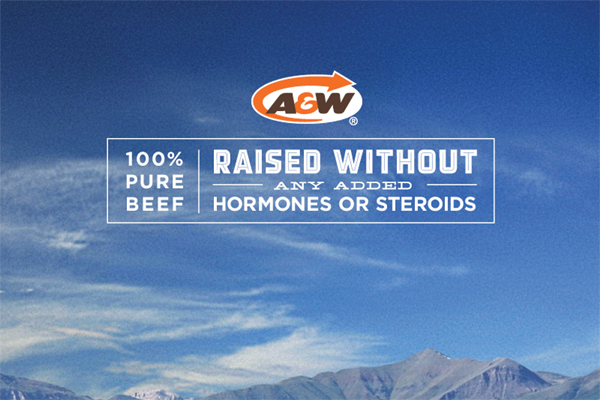Fast food companies are misleading customers about the health benefits of their burgers
Photo courtesy of Facebook
By careful wording and hidden information, fast food restaurants are able to mislead customers about the contents of their products. Although these practices are legal, they are completely unhealthy and unethical.
McDonald’s has had the hardest time keeping up a good reputation as many have tried to expose the company for some of its products’ negative health effects. All McDonald’s burger packaging clearly states “100 per cent pure beef,” but that could mean any part of the cow is included in the burger.
Jamie Oliver, television chef extraordinaire, proved that in the first episode of his show Food Revolution, which aired in 2011. Oliver stated that “70 per cent of America’s ground beef contains leftover cow parts, containing E.coli and salmonella that has been treated with ammonia.” These leftover parts, which he dubs “pink slime,” are inedible parts of the cow that are washed with ammonia, a cleaning agent to make them suitable to the public.
Pink slime is found in most fast food restaurant chains, school cafeterias, and anywhere else in America that sells cheap meat. McDonald’s announced a year later, in August 2012, that it would stop using pink slime in their burgers after Oliver exposed the truth about beef in America.
But fast food chains are now taking advantage of public consciousness of beef quality to convince the public that their food is safer and healthier than it really is.
A&W recently unveiled a new marketing campaign entitled “Better Beef,” based on the promotion that their burgers contain “100 per cent pure beef raised without any added hormones or steroids.” Such a claim suggests that all the other fast food chains use beef at a lower standard of quality.
But in Canada, the legal growth promoters that farmers use enhance hormones that occur naturally within animals. These growth promoters are used when the cattle are young and wear off long before the animals are sent to the slaughter house, posing no threat to the consumer. The beef A&W serves is not “Better Beef” as they claim, but is simply raised differently than the majority of ranchers in Canada, who, because of this ad campaign, are having a harder time convincing their customers that their beef is safe.
Such a campaign strategy is what is called fear marketing, and it is very misleading. By scaring and confusing their customers into purchasing their burgers, A&W is misinforming them about the Canadian beef industry, while also misleading the customer into thinking their beef is safer than the rest, which in reality is not the case.
Reynold Bergen, science director from the Beef Cattle Research Council (BCRC), stated that, “Every single beef product, whether it’s from organic, or natural, or conventional beef production, goes through exactly the same level of checks and balances. (A&W has) just chosen for whatever reason to not use products that have been through Health Canada’s approval process. (A&W’s) decision not to use them is not going to make their beef any better or any safer.”
Rules and regulations about how meat is served in Canada is done by the government, which hires highly educated scientists to inspect food and make sure it won’t cause bodily harm. Let us trust the scientists employed and regulated by the government to tell us what beef we should eat, rather than one of the companies trying to sell their product.
If you are someone who has a hard time trusting the contents of your hamburger meat, for now the safest thing to order is a veggie burger.





